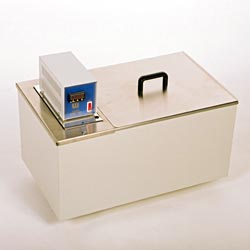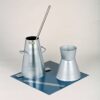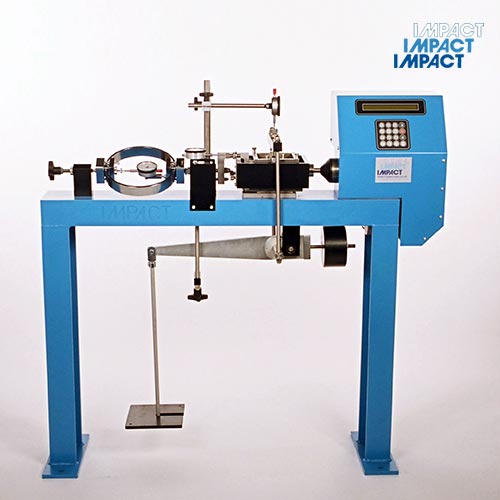Sieve, an essential tool used for separating and classifying granular materials based on particle size. Sieves find applications in various industries, including food processing, pharmaceuticals, agriculture, construction, and material testing. Here are the key features that make our Sieve stand out:
Impact
Sieve
Key Features:
- Mesh Construction: The sieve is typically constructed with a mesh or screen made of woven wire, perforated metal, or other materials. The mesh is selected based on the required particle size separation.
- Frame Design: The sieve is housed within a frame, which provides support to the mesh and ensures the durability of the sieve during repeated use.
- Standardized Sizes: Sieves often adhere to standard sizes and specifications, allowing for consistency and compatibility across different industries and applications. Common standards include ASTM (American Society for Testing and Materials) or ISO (International Organization for Standardization) specifications.
- Mesh Opening Size: Sieves are categorized by their mesh opening size, which determines the particle size that can pass through. The mesh size is chosen based on the specific requirements of the material being sieved.
- Diameter: Sieves come in various diameters to accommodate different quantities of materials. Common diameters include 8 inches, 12 inches, and 18 inches, among others.
- Full Height or Half Height: Sieves may be available in full-height or half-height designs. Full-height sieves are standard and provide a larger screening area, while half-height sieves are lighter and suitable for smaller sample sizes.
- Construction Materials: The frame and mesh can be made from various materials, including stainless steel, brass, or other corrosion-resistant alloys, ensuring durability and suitability for different applications.
- Interchangeable Mesh: Some sieves feature an interchangeable mesh design, allowing users to easily switch between different mesh sizes within the same frame.
- Easy Identification: Sieves are often labeled with essential information, including mesh size, diameter, and material specifications, making them easy to identify and use correctly.
- Stackability: Sieves are designed to be stackable, allowing for the simultaneous use of multiple sieves to perform a series of particle size analyses.
- Compliance with Standards: Our Sieves are manufactured to comply with industry standards and regulations, ensuring accuracy and reliability in particle size analysis.
- Application-Specific Sieves: Specialized sieves with unique features, such as ultrasonic vibration or self-cleaning capabilities, may be available for specific industries or demanding applications.









